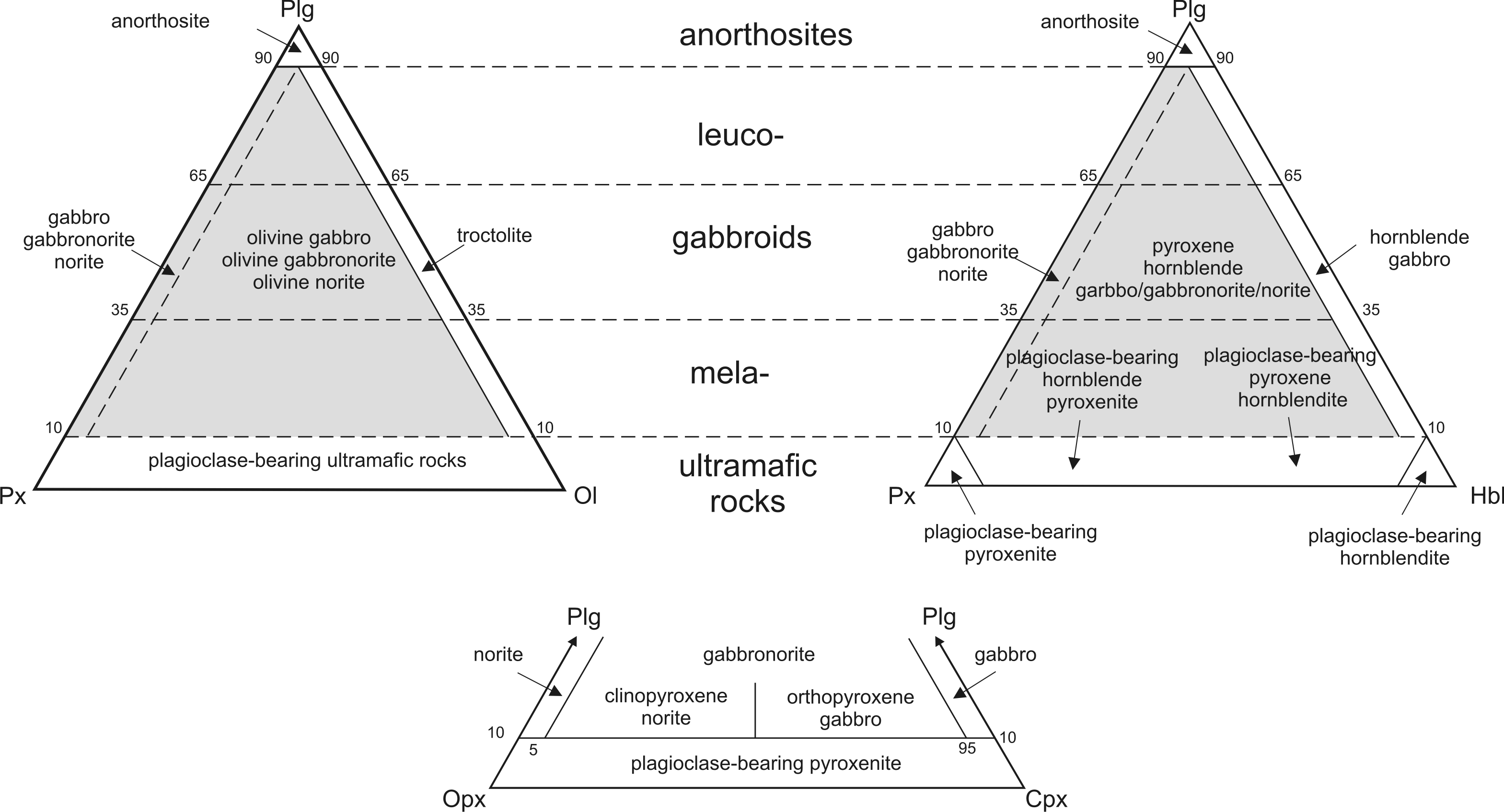

But dynamic modeling 5 indicates that metallic cores might be more resistant to tidal forces, so silicate materials (mantle + crust) might be concentrated in pollution sources-which can magnify our view of mantle and crust compositions.Įarly studies of PWDs indicate that pollution sources are quite likely dominated by rocky objects, much like our inner planets 4, 6– 9. The pollution sources may consist of entire planets or the broken bits of planets like our asteroid belt 3, 4. When accretion of planetary debris occurs, though, elements heavier than He are detected, giving us our most direct view of exoplanet compositions 3, 4. Most white dwarfs that have cooled below 25,000 K have atmospheres that consist of pure H or He, as heavier elements sink rapidly to stellar cores at such temperatures 3, 4. At this point, planets orbiting these stars may cross the stellar Roche limit and disintegrate, with the resulting debris falling into the stellar atmospheres 3, 4. White dwarfs are stars that have left the main sequence, having used up all their fuel the stars first expand to form red giants, and then contract, to a size that is about that of Earth 4. These so-called “polluted white dwarfs” (PWDs) act as “cosmic mass spectrometers” 3 that provide near-direct analyses of exoplanet compositions. White dwarfs have received much attention among exoplanet enthusiasts, as more than a quarter accrete rocky material into their photospheres 1, 2. These require new rock classification schemes, for quartz + orthopyroxene and periclase + olivine assemblages, which are proposed here. Instead, polluted white dwarfs reveal greater planetary variety in our solar neighborhood than currently appreciated, with consequently unique planetary accretion and differentiation paths that have no direct counterparts in our Solar System. Because these exoplanets exceed the compositional spread of >4,000 nearby main sequence stars, their unique silicate compositions are unlikely to reflect variations in parent star compositions.

However, the silicate mantles of such exoplanets are discernable: one case is Earth like, but most are exotic in composition and mineralogy. We find no evidence for continental crust, or other crust types, even after correcting for core formation. We thus present the first estimates of rock types on exoplanets that once orbited polluted white dwarfs-stars whose atmospheric compositions record the infall of formerly orbiting planetary objects-examining cases where Mg, Si, Ca and Fe are measured with precision.

But these inferences derive from only a few elements, none of which define rock type. Prior studies have hypothesized that some polluted white dwarfs record continent-like granitic crust-which is abundant on Earth and perhaps uniquely indicative of plate tectonics.


 0 kommentar(er)
0 kommentar(er)
